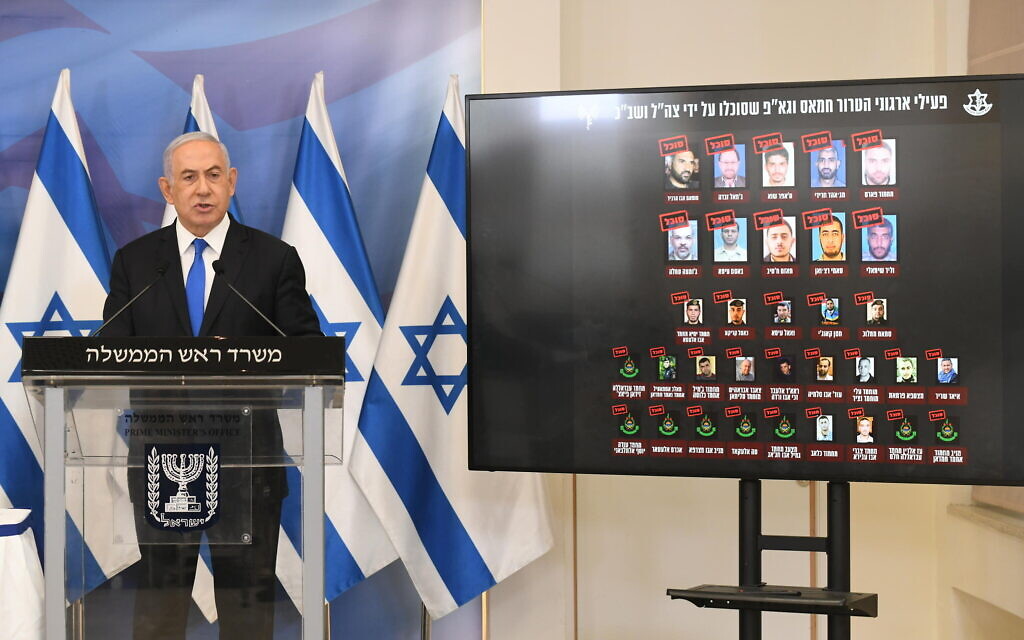As might have been expected, Israel and Hamas each declared victory after an Egyptian-brokered ceasefire ended the fourth cross-border Gaza war in 13 years.
In fact, neither side won, failing to inflict the kind of decisive knockout blows that might have altered its outcome significantly. Hamas, though battered, remains unbowed and defiant. Israel, the strongest military power in the Middle East, is frustrated beyond words, knowing that its concerted campaign in self-defence was an exercise in deja vu all over again.
The impasse confirms the adage that there is no military solution to Israel’s acrimonious and seemingly unending conflict with Hamas.
Until the very last hours before the May 21 truce took effect, fierce fighting raged, with Hamas launching rockets and mortars into Israel and Israeli aircraft striking the Gaza Strip.
Hamas fired more than 4,000 rockets at Israel, and although about 90 percent were downed by the Iron Dome missile defence system, several hundred slammed into Israeli territory, forcing Israelis into bomb shelters and compelling Israel to curtail service at its international airport.
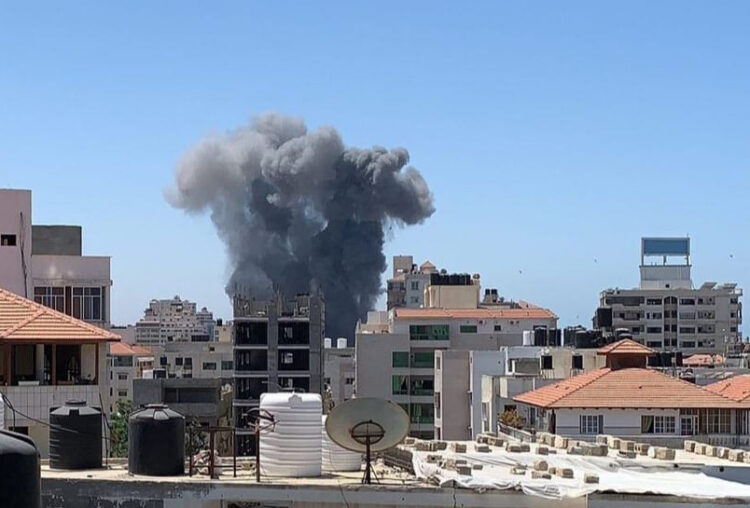
Israel struck hundreds of targets in Gaza, leaving a bleak landscape of shattered buildings, mountains of rubble and broken electric power and water lines.
“Gaza is in ruins because of Hamas’ actions,” said Israeli Defence Minister Benny Gantz in a succinct comment that summed it all up.
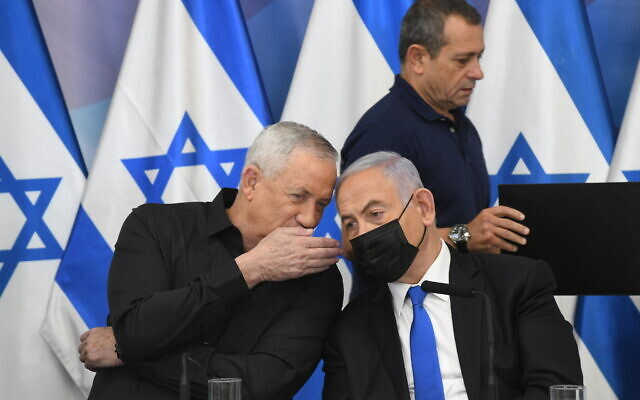
For all intents and purposes, this war ended on an inconclusive note, much like the previous three wars in Gaza in 2008-2009, 2012 and 2014, and the last war in Lebanon between Israel and Hezbollah in 2006.
Israel’s overriding objective in all these wars was to achieve a measure of deterrence. Israel has managed to deter Hezbollah, apart from scattered skirmishes, for the past 15 years.
Hamas, however, has not been deterred. And so the countdown to the next war already has begun.
Two days before the ceasefire, Prime Minister Benjamin Netanyahu addressed this key issue. “We are engaged right now in forceful deterrence,” he said. “But I have to say, we are not ruling out anything,” he added in an implicit reference to a ground invasion of Gaza.
Israel invaded Gaza in 2009 during Operation Cast Lead and again in 2014 during Operation Protective Edge. But in this war (dubbed Operation Guardian of the Walls), as in the 2012 war, Israel refrained from sending troops into Gaza.
At a press conference in Tel Aviv shortly after the ceasefire was announced, Netanyahu claimed that Israel had seriously damaged Hamas’ military infrastructure in the Gaza Strip with a minimum of Israeli casualties.
Eleven Israelis, including one soldier and a five year-old boy, were killed. Two hundred and forty Palestinians were killed.
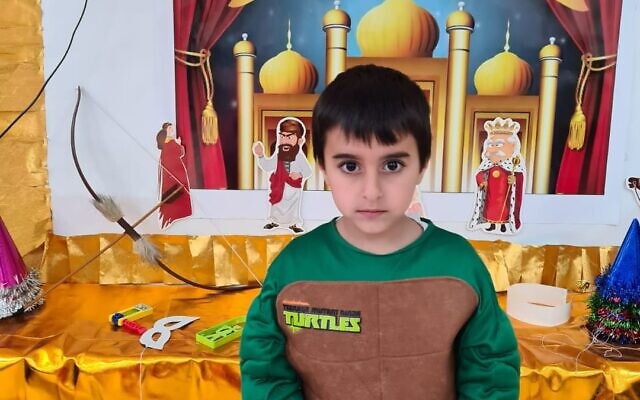
Thirteen Israelis were killed in 2008-2009 war, six in 2012 and 72 in 2014.
In a reference to Israel’s air strikes against Hamas’ network of attack tunnels, Netanyahu said, “Hamas’ underground has gone down the drain. It has turned from a strategic asset to a death trap.”
Netanyahu was referring to a massive Israeli air raid during which 160 aircraft bombed a complex of tunnels, known as the “metro,” under the town of Beit Lahiya.
Netanyahu warned that Israel would no longer “tolerate a drizzle of rockets” in the future. Claiming that Israel had “changed the equation” in its protracted confrontation with Hamas and Islamic Jihad, Netanyahu vowed to respond to new attacks with “a whole new level of force.”
Netanyahu, who faced flak from his hawkish supporters for having ended Israel’s 11-day offensive prematurely, suggested that Israel would no longer tolerate the status quo ante. Under the old unofficial rules of engagement, Israel would usually respond with proportionate force after a barrage of Hamas rockets struck Israeli territory.
Gantz was just as emphatic, pointing to Israel’s “unprecedented military achievements.” As he put it, “We achieved all the goals we set out for ourselves, severely hitting Hamas, its operatives, infrastructure and anything to do with its offensive capabilities.”
By all accounts, Israel demolished parts of Hamas’ massive tunnel network, which has been under Israeli attack for years now, and destroyed a significant proportion of Islamic Jihad’s rocket production facilities.
Israeli commandos killed more than a dozen Hamas commanders and operatives involved in its rocket program. And an Israeli air strike took out an Islamic Jihad commander, Hussam Abu Harbeed, who commanded its northern division.
In addition, Israel thwarted attempts by Hamas to bomb six of its air force bases — Tel Nof, Hatzor, Hatzerim, Nevatim, Palmachim and Ramon — and the Tamar natural gas oil rig in the Mediterranean Sea. But Israel twice failed to kill Mohammed Deif, the commander of the Izz ad-Din al-Qassam Brigades, Hamas’ armed wing, or any of Hamas’ political leaders.
After the ceasefire took hold, Gantz warned Deif that he remains in Israel’s crosshairs. “It will not be the last time we try,” he said. “We’ll succeeded in the end.”
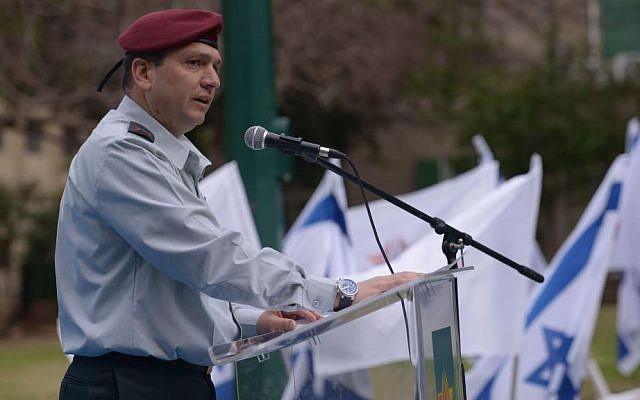
According to General Aharon Haliva, the head of Israeli army operations, the war will be considered a success only if it brings at least five years of calm.
But given Hamas’ record, this is unlikely. In the past 20 years, Hamas, Islamic Jihad and other Palestinian factions in Gaza have fired upwards of 20,000 unguided rockets and mortars into Israel, killing more than two dozen Israeli civilians and damaging scores of residential and commercial buildings.
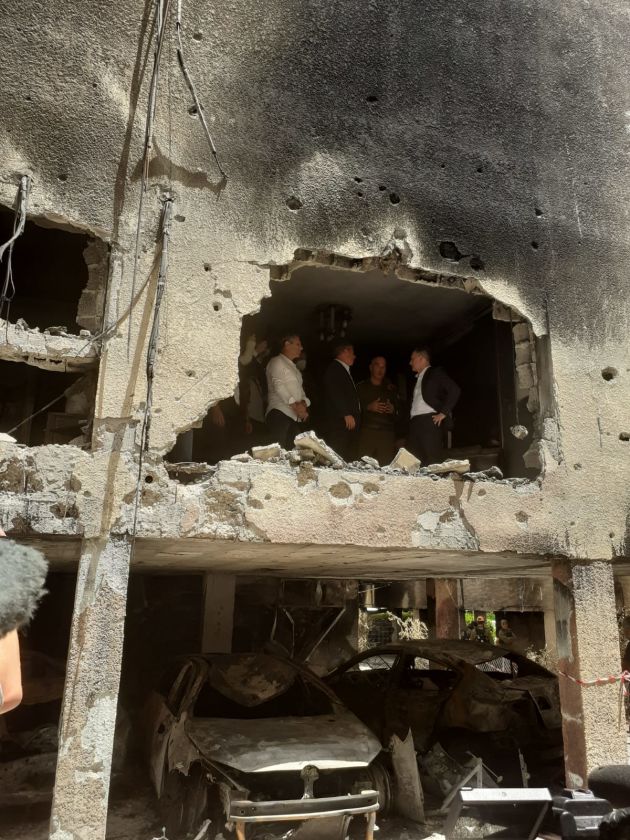
Hamas, which rejects Israel’s existence, is so ideologically committed to this objective that it will press on with its agenda of building up its military forces and harassing Israel.
Several Israeli cabinet ministers, notably Energy Minister Yuval Steinitz, believe that Israel will have no alternative but to conquer Gaza and disarm Hamas.
“Nobody will disarm Hamas unless we do it by force,” he said a few days ago. “There will be no way to avoid one day temporarily taking over Gaza. That day has not arrived for all kinds of reasons, but I think that day will come, if not now then in the coming years.”
Yair Lapid, the leader of the opposition, believes that Israel should switch tactics vis-a-vis Hamas. “We must create a situation in which Gaza residents have something to lose, like the Lebanese model,” he wrote on his Facebook page on May 20. “The main reason that Hezbollah — a terror organization much stronger than Hamas — avoids direct confrontations with us is the fact that during the Second Lebanon War, we attacked the Lebanese infrastructure mercilessly. Hezbollah’s general secretary, Hassan Nasrallah, knows that if he enters into confrontation with us, then Beirut’s harbor, air force, local industries and commercial centers will go up in smoke, literally.”
Lapid thinks that a similar model can be created in Gaza.
Since assuming total control of Gaza in a bloody coup in 2007, two years after Israel’s unilateral withdrawal, Hamas has turned that crowded coastal enclave, population two million, into a bristling armed camp.
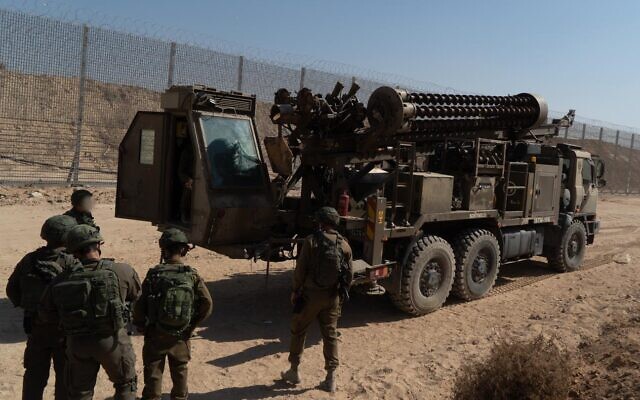
Hamas, supported by Iran, ignited this month’s war with the express intention of challenging and delegitimizing its bitter rival, the Palestinian Authority, which has been headed by Mahmoud Abbas since the death of his predecessor, Yasser Arafat, in 2004, and which the current Israeli government has consistently undermined.
Prior to this war, the Palestinian question had been sidelined, in accordance with Netanyahu’s policy of marginalizing the Palestinians and normalizing Israel’s relations with the United Arab Emirates, Bahrain, Sudan and Morocco. But now it has been thrust into the forefront of regional politics, and Palestinians are giving Hamas credit for this sudden turn of events.
For the first time, Hamas inserted itself into Israel’s internal affairs by encouraging civil unrest in its large, disaffected Arab community, which comprises 20 percent of the Israeli population.
Hamas, too, encouraged Palestinian protests in the West Bank.
These developments do not augur well for Israel. It appears that Hamas’ influence extends beyond Gaza, and this emerging reality may haunt Israel for years to come.
